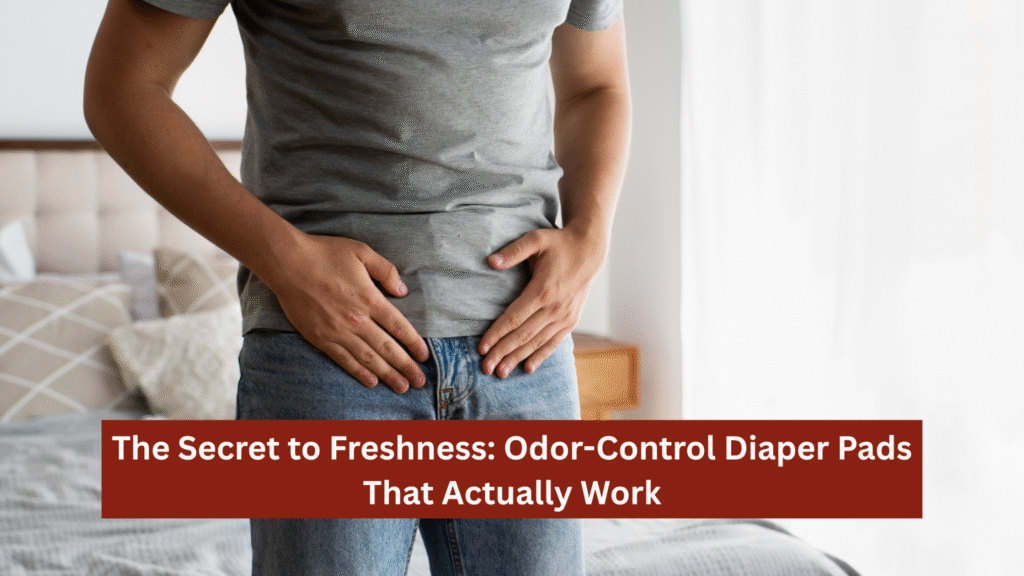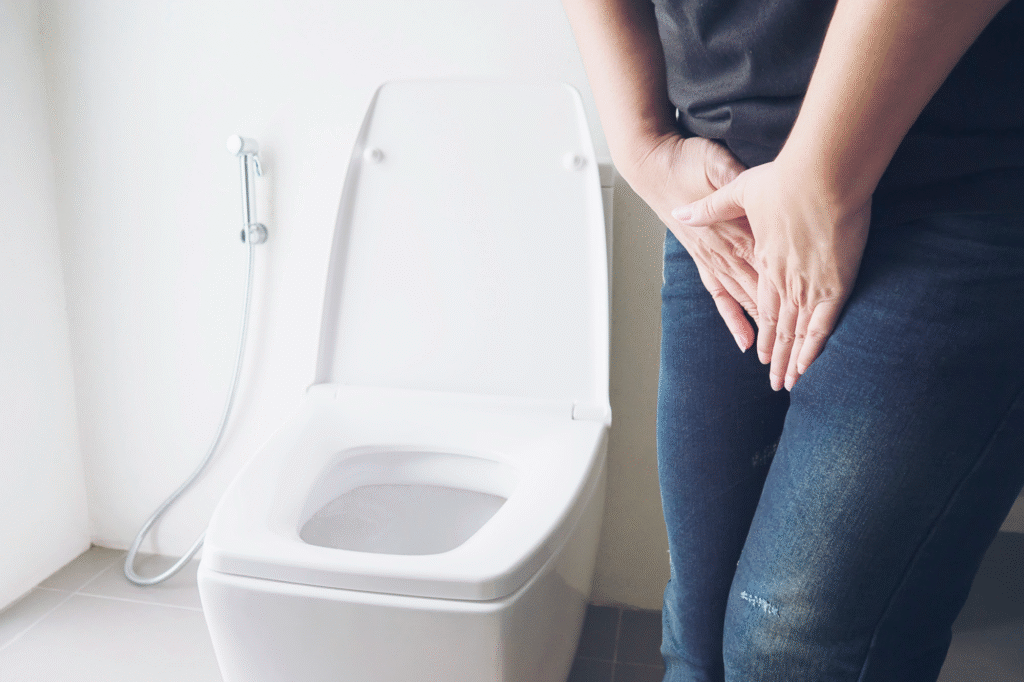The Secret to Freshness: Odor-Control Diaper Pads That Actually Work

Few experiences are more diminishing than waking up to a smelly mattress, or walking into a room and everyone suddenly covers their noses, because your bladder got overactive and caused unintentional voiding.
This is particularly uneasy for seniors in their sunset years, who must contend with urinary incontinence pretty much for the rest of their lives.
However, it’s exciting to know you can keep your skin feeling dry and smelling fresh despite having bathroom accidents. You only need to invest in diaper pads with odor control technology.
Here’s a comprehensive guide to booster pads, including how they neutralize odors from urine and other bodily fluids.
Unpacking Booster Pads
Adult diapers are perhaps the most popular incontinence wearables. These products wick urinary discharge away from your skin, keeping it dry for hours.
But every adult diaper has a maximum absorbency rating. Those limits depend on the material used for the cores, with superabsorbent polymers (SAPs) being the preferable choice.
Now, adult diaper let you extend the capacity of regular incontinence briefs.
Also called booster pads, diaper pads are designed to be slipped underneath adult diapers. They sit in direct contact with your genitalia, serving as the first line of defense against inadvertent urine leakage.
What Do Diaper Pads Look Like?
Diaper pads may resemble ordinary menstrual pads in appearance. But the two products differ substantially in their construction and, of course, intended applications.
Like most incontinence wearables, booster pads feature different layers.
The top layer is typically made from nonwoven fabric. This section is also porous, enabling it to draw moisture into the pad by capillary action.
Next is the absorbent core, which is essentially the business end of a diaper pad. It’s usually made from superabsorbent polymers.
SAPs are remarkably absorbent. Research suggests these polymers can hold up to 1000 their weight in water. Besides, they play the biggest role in odor neutralization.
Lastly, a diaper pad’s bottom layer features a non-waterproof backing. The design enables fluids to flow through to your outer briefs once the pad is full.

Photo Credit: Unsplash.com
How Do Diaper Pads Work?
Diaper pads utilize a flow-through mechanism.
First, the pad absorbs bodily fluids until saturation. It then directs the fluid through to your regular incontinence briefs.
This design helps keep your skin dry, while extending the wear of your outer diapers.
Most booster pads can increase the efficiency of regular diaper pads by 5 – 30 ounces. Some high-end brands are capable of holding up to 40 ounces of fluid, making them particularly excellent for overnight usage.
How Do Diaper Pads Neutralize Urine Odors?
Booster pads aren’t only effective at wicking urinary discharge away from your skin. They also come with odor control capabilities to keep you smelling fresh between diaper changes.
First, the superabsorbent polymers used for booster pad cores neutralize odors by converting pee into a gel. The jellylike substance prevents unpleasant smells from getting released into the surroundings.
Besides, certain diaper pads come with odor control backing. The backsheet lets fluids flow through to your outer incontinence garments but keeps the smell locked within the pad.
Other common odor-masking technologies in booster pads include;
Activated Carbon
Activated carbon is a porous material renowned for its odor-masking properties.
According to research, activated carbon molecules contain non-polar functional groups that neutralize smells by trapping odor-emitting chemicals like ammonia.
Deodorizers
Some diaper pads contain deodorizing chemicals, such as cyclodextrins and volatile organic compounds (VOCs).
These compounds effuse strong pleasant smells, which counteract the effects of odor-producing molecules.
Note: Prolonged exposure to VOCs can be detrimental to your health.
pH Neutralizers
Urine’s odor tends to be more pronounced during extreme acidity or alkalinity. To counter this, certain booster pad brands incorporate pH neutralizers into their products.
Chemicals like baking soda help reduce excess acidity. If urine smell is due to high alkalinity, mild acids like vinegar may come in handy.

Other Considerations When Choosing Diaper Pads
Besides odor control, consider the following features while shopping for adult diaper pads;
Absorbency
Choose a diaper pad with an absorbency rating matched for your incontinence level.
While thicker sounds better, a very stocky pad can impact your comfort levels.
Size
Booster pads vary considerably in size, from 7 x 10 to 10 x 12 inches. Select a pad that fits snugly, not tightly, around your genitalia.
The best way to size a diaper pad is to rely on the dimensions of your outer incontinence brief. To avoid urine leaks, choose a pad that fits securely inside your adult diapers.
Material
Insist on a booster pad designed with skin-friendly fabrics. Popular options include organic cotton, wool, and cashmere.
If you have sensitive skin, you may want to test-drive new diaper pad brands to assess the safety of their construction materials.
Fitting
Booster pads come with adhesive strips that let you secure them firmly onto your adult diaper.
Always check for the presence of these strips before buying a diaper pad, as the pad will not stay in place without them.

Wrap Up
There you have it!
With odor-control diaper pads, you don’t have to endure unpleasant smells whenever you void. Simply find a product engineered with effective odor-masking technologies.
Since booster pads are meant to remain in contact with the skin, consider a product’s hypoallergenic properties before adding it to your wellness routine. Absorbency, comfort, and durability are other key aspects to consider while shopping for booster pads.
Remember to also change your booster pads frequently enough. A urine-soaked pad may still reek if worn all day long, despite its odor-neutralizing capabilities.